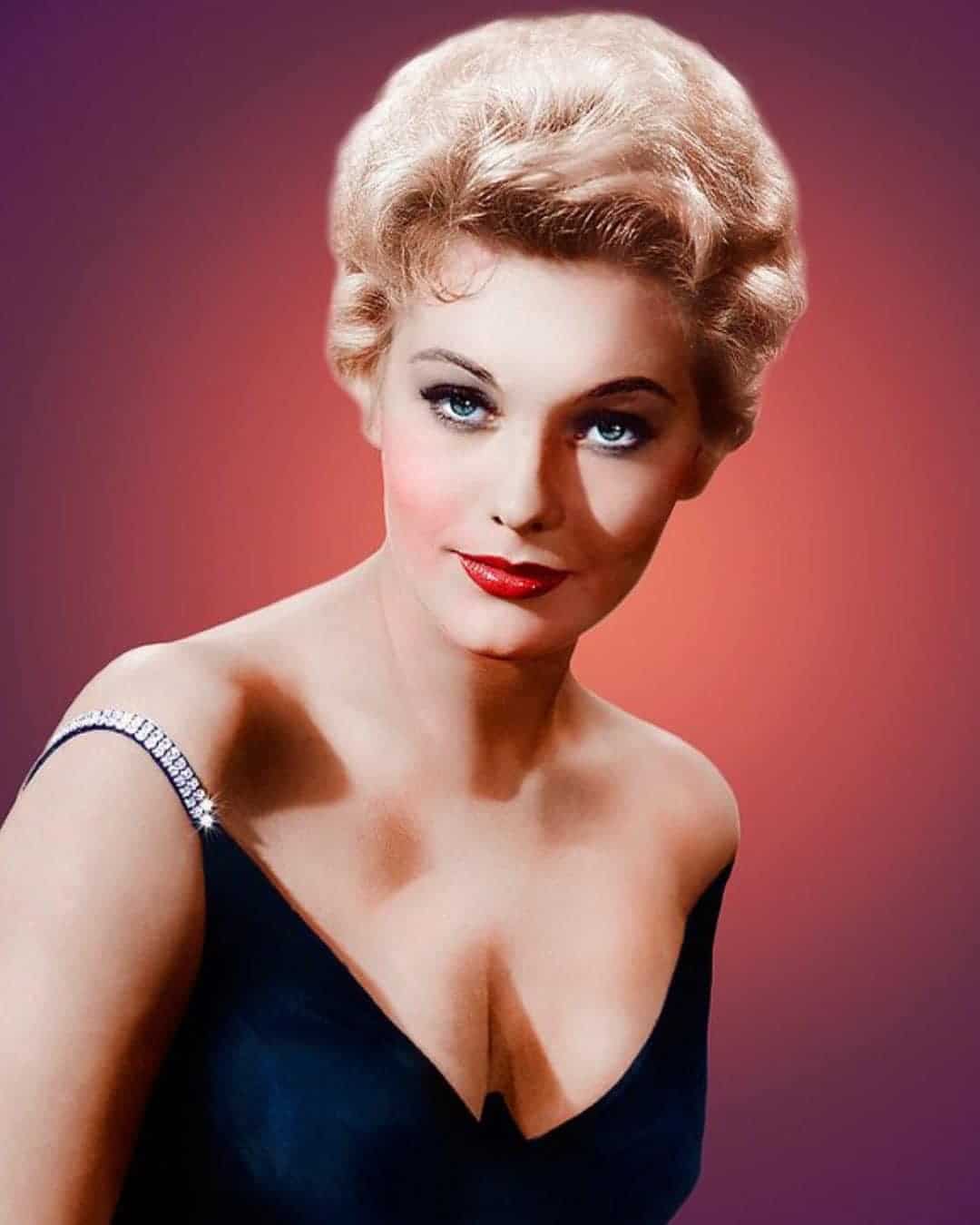Kim Novak was once the biggest movie star in the world. She famously quit Hollywood more than fifty years ago, which was a big change in her life and work. Novak left the attention and moved north, first to Carmel, California, and then to Oregon, where he lived a quieter life focused on art and nature. She told PEOPLE in a rare interview that she had to leave Hollywood in order to protect her own life.
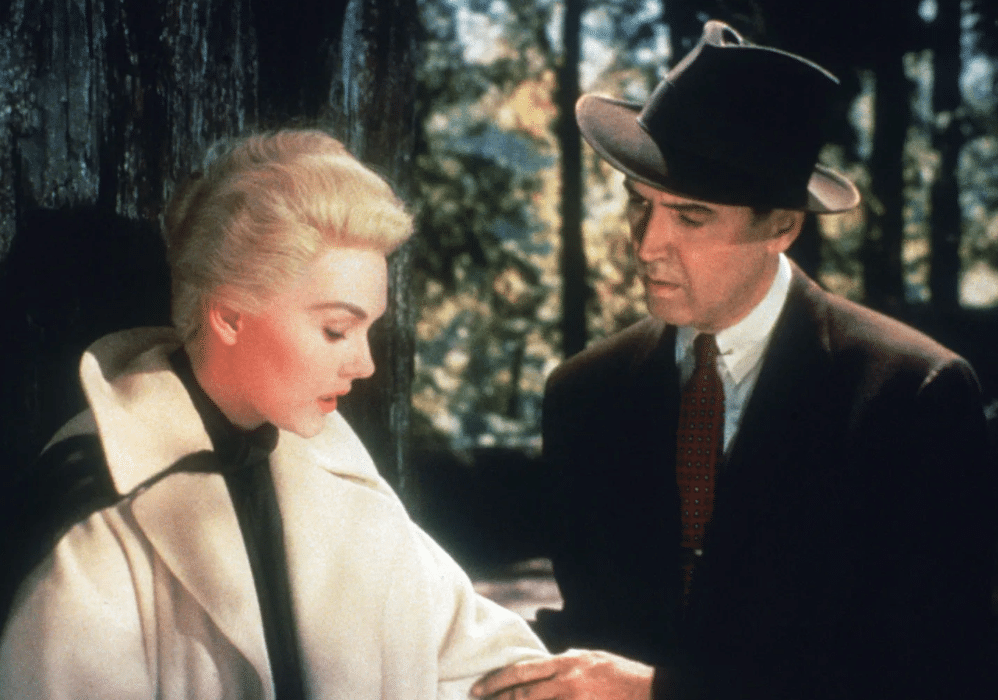
The star of popular movies like Vertigo and Pal Joey said that it was hard for her to stay true to herself in the glamorous world of Hollywood. Novak said she had even finished writing an autobiography but lost it in a house fire and decided not to rewrite it because writing helped her feel better and let go of her problems.
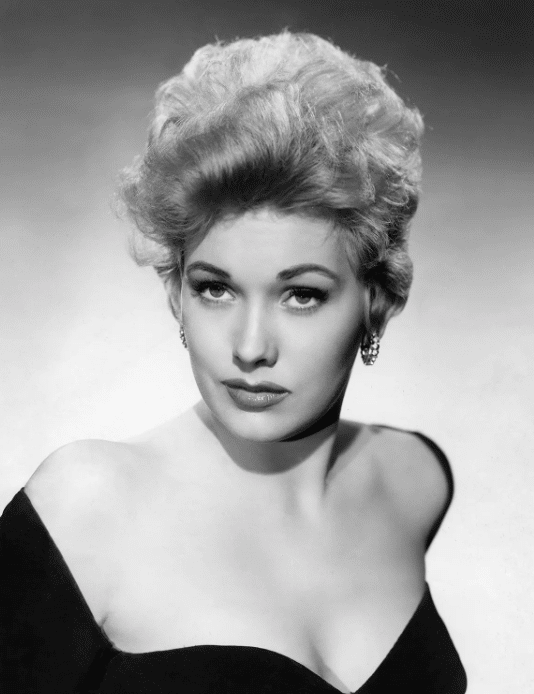
The Butler Museum of American Art just released Novak’s new book, “Kim Novak: Her Art and Life.” In it, she talks about how she went from being a movie star to an artist. She talks about how hard it was for her to deal with the pressures of the business, like Harry Cohn, the head of the studio, who wanted her to change her name and hide her Eastern European roots. Novak’s decision to keep her last name and honor her heritage was her first win over Hollywood’s control.
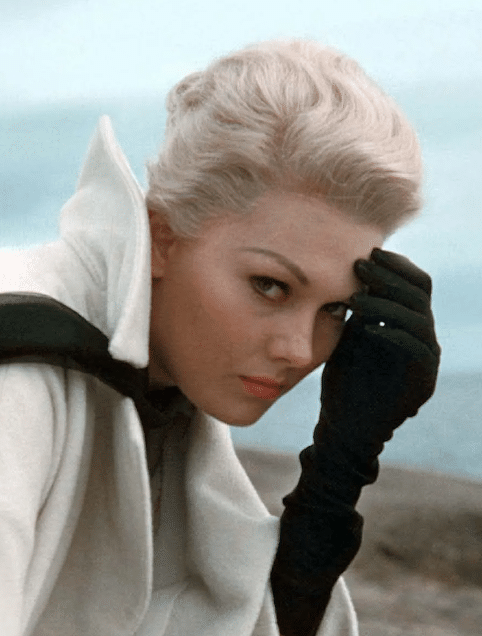
In her book, she also talks about her relationships, including the controversial one she had with Sammy Davis Jr., which went against racial norms at the time. She talks about how hard it was to be seen as just a pretty face, focusing on how it made her feel limited and made her question who she was.
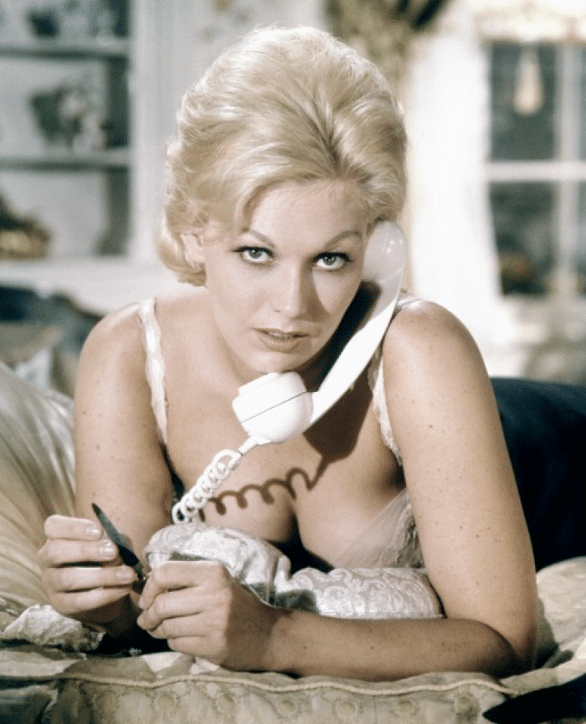
Finding peace in Oregon’s Rogue River Valley, Novak accepted a life surrounded by the beauty of the Pacific Ocean and the company of animals. Her lifelong love of art began when she was young in Chicago and grew with grants to the Chicago Art Institute. It grew when she was away from the busyness of Hollywood. Novak says that making art and spending time with animals, like horses and llamas, were very important to her healing and being herself.
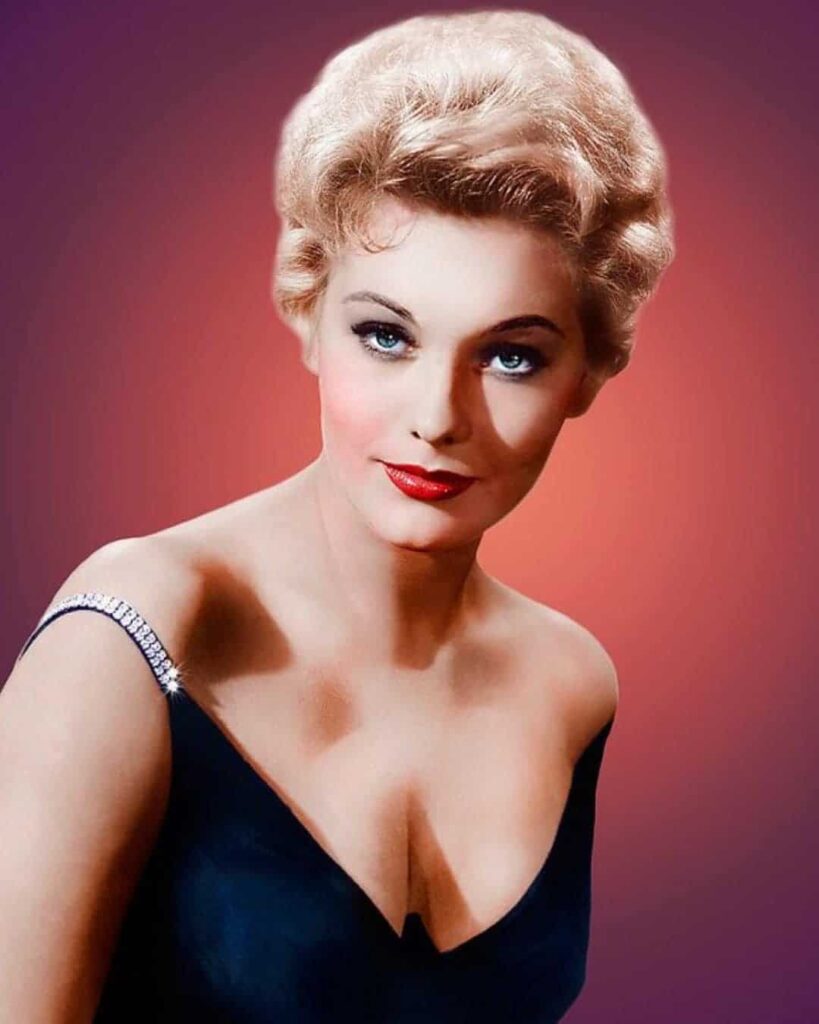
A big part of her new life was her marriage to Robert Malloy, an equine veterinarian who she called her “soul mate” until he died in December before the conversation.
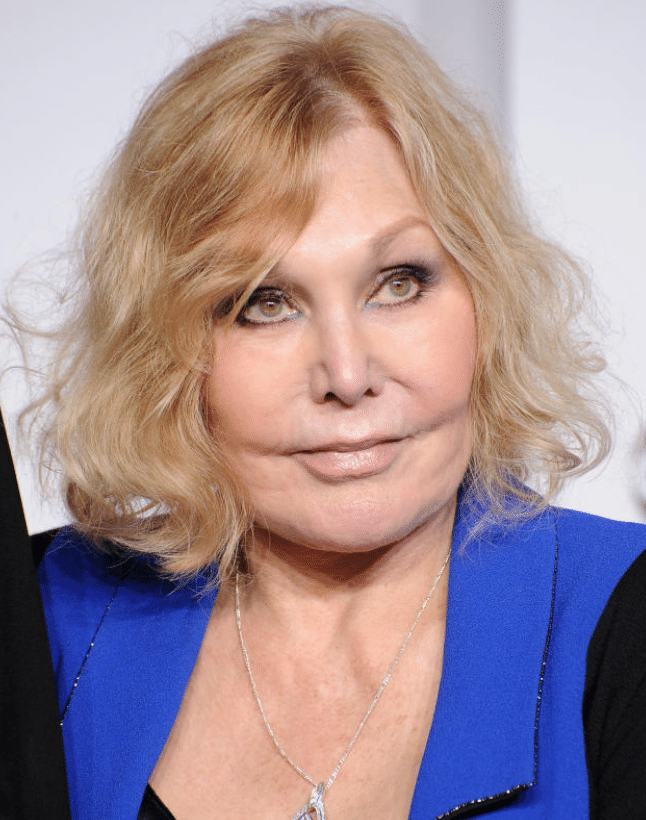
Novak also talked about living with bipolar illness and pushed for more openness and acceptance of mental health problems, especially when it comes to how they affect her art.

Kim Novak’s art book and interview aren’t just a look back at her movie career; they’re also a call to see her as an artist with many sides and a director of her own life story. Some of her paintings, like those by Alfred Hitchcock, try to capture surprise and depth, which were important to her in both movies and paintings.
